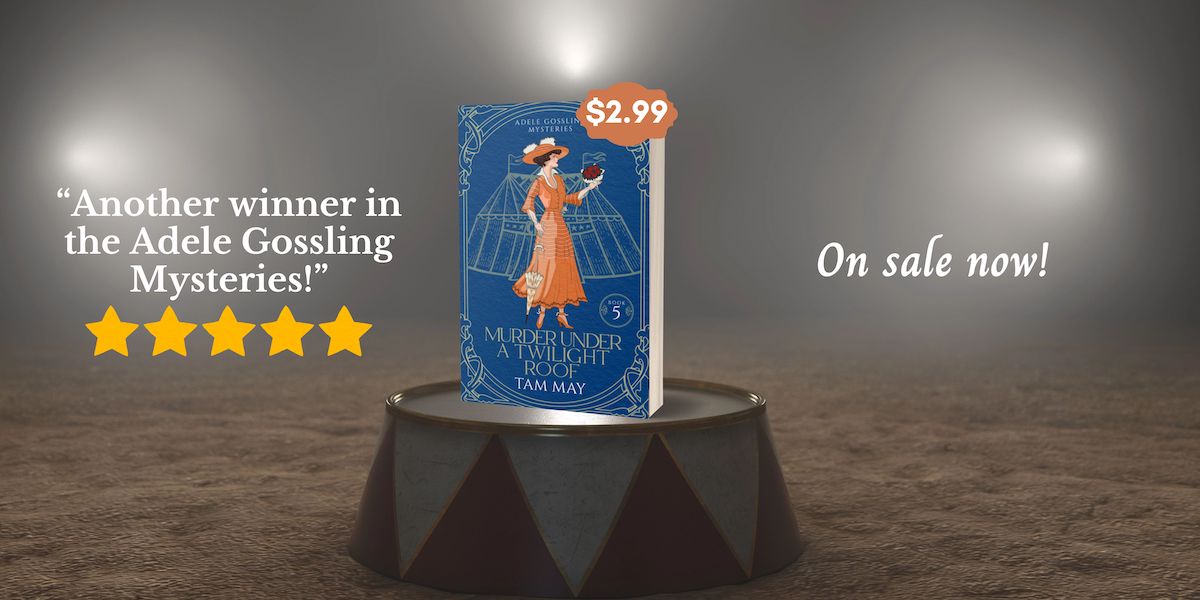Most Americans know the story of the Lincoln assassination on that fateful night at Ford’s Theater on April 15, 1865. Too bad Kate Warne wasn’t on the job.
Who was Kate Warne? Only the first woman private detective, one of those women that history forgot. But as we’re wrapping up Women’s History Month, let’s take a peek at this amazing woman’s life.
Warne was a bold widow who, in 1856, walked into the Pinkerton Detective Agency and asked its founder, Allan Pinkerton, for a job. And not just any job. She asked for a job as a private detective.
Keep in mind this was the era of the separate spheres. Women were delegated to the home, church, and family. They did not get involved in law and order. But Warne knew she could be a huge asset to the Pinterketons because she was a woman. Women were invisible beings at that time. No one paid much attention to what they said or did as long as they were respectable and didn’t rock the boat. So who better to do undercover work than a woman?
This is exactly what Warne did. Her first case was to get a confession out a Southern embezzler. She got it by taking a woman’s route: She befriended the man’s wife and circulated in society as a widow under the name of “Mrs. Cherry.”

Photo Credit: Kate Warne, watercolor portrait, cropped, 1866, unknown artist, Chicago History Museum: Benjamin.P.L./Wikimedia Commons/PD US Expired
Her biggest assignment came in 1861. The newly-elected Lincoln was traveling by train from Illinois to Washington for his inauguration when rumors of a plot to assassinate the newly elected president began circulating. Using her beauty and charm, Warne got in with the Southerners on the train, including secessionists, and learned the details of a plot to take Lincoln in Baltimore. She and Pinkerton himself helped Lincoln to get through Baltimore by disguising the president-elect and coveting him in a sleeping berth for the Baltimore leg of the trip. Her wiliness and womanliness saved Lincoln from assassination — that time.
Warne continued her undercover work during the Civil War, mainly as a spy who picked up information in Southern society and passed that information on to the Northern army. Her success as a private eye encouraged Pinkerton to continue hiring women for his agency, many of whom Warne supervised. Sadly, Warne’s work came to a premature end when she died in her mid-30s.
My amateur sleuth, Adele Gossling, also uses her feminine wiles to help the police solve crimes. Unlike Warne, her status as a New Woman at the turn of the century gives her much more of a voice and a presence in the world. But she can wheedle information out of anyone, including a bumbling assistant deputy sheriff and a rough-edge cowboy named Rainer.
To read all about that, pick up a copy of The Carnation Murder, Book 1 of the Adele Gossling Mysteries, now at 99¢, here.
If you love fun, engaging mysteries set in the past, sign up for my newsletter to receive a free book, plus news about upcoming releases, fun facts about women’s history and mystery, and more freebies! You can sign up here.





